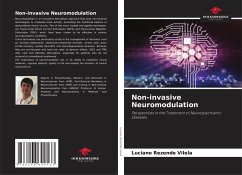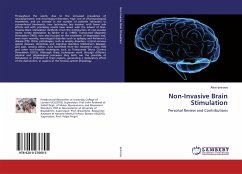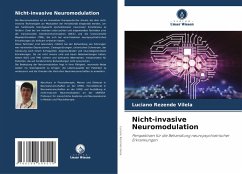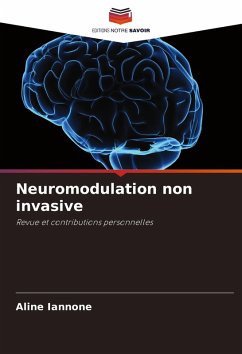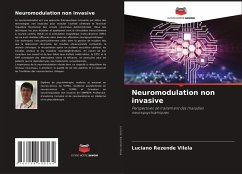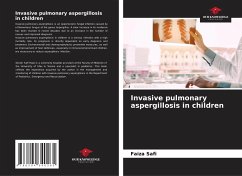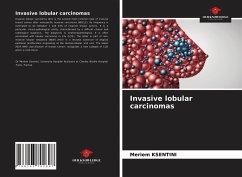
Non-Invasive Neuromodulation
Review and Personal Contributions
Versandkostenfrei!
Versandfertig in 6-10 Tagen
34,99 €
inkl. MwSt.

PAYBACK Punkte
17 °P sammeln!
Worldwide, due to the increase in the prevalence of neuropsychiatric and neurological disorders, the high cost of pharmacological treatments, and the increase in the number of patients refractory to conventional treatments, new, less invasive techniques with fewer side effects and promising results have emerged from the advent of Non-Invasive Brain Stimulation (NIBS) techniques. The introduction of non-invasive stimulation of the motor cortex by Barker et al. (1985) gave rise to Transcranial Magnetic Stimulation (TMS), which is currently used to treat depression and, in the last decade, neurol...
Worldwide, due to the increase in the prevalence of neuropsychiatric and neurological disorders, the high cost of pharmacological treatments, and the increase in the number of patients refractory to conventional treatments, new, less invasive techniques with fewer side effects and promising results have emerged from the advent of Non-Invasive Brain Stimulation (NIBS) techniques. The introduction of non-invasive stimulation of the motor cortex by Barker et al. (1985) gave rise to Transcranial Magnetic Stimulation (TMS), which is currently used to treat depression and, in the last decade, neurological disorders (e.g. epilepsy and Parkinson's Disease). More recently, with the work of Priori et al. (1998) and Nitsche & Paulus (2000), another technique, Transcranial Direct Current Stimulation (tDCS), has been used as a neuromodulation tool in the treatment of anxiety disorders, central nervous system diseases (strokes) and dementias (e.g. mild cognitive disorder, Alzheimer's disease -AD).



